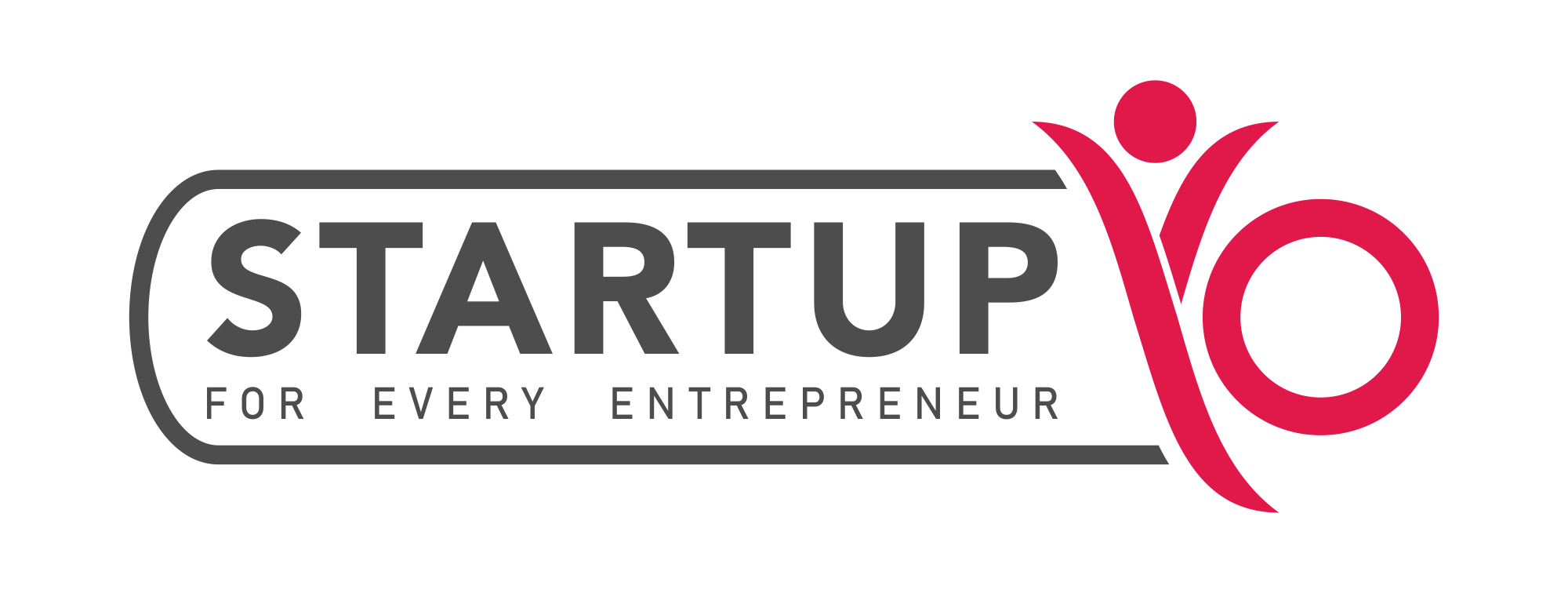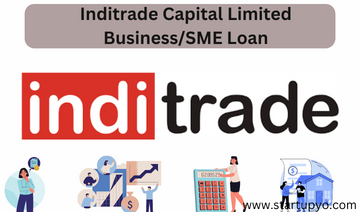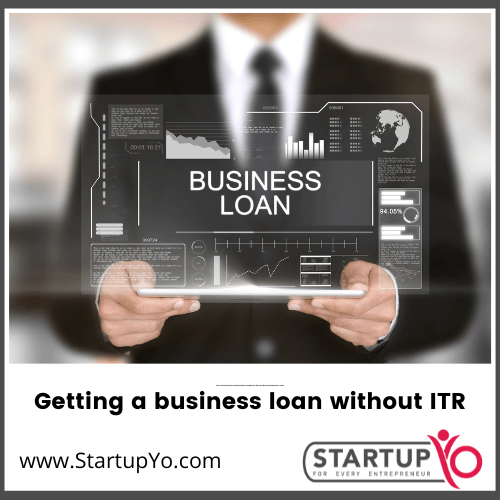- Overview of Bill or Invoice Discounting
- Invoice Finance
- Invoice Finance: Why it’s necessary?
- Invoice Bill Discounting
- Benefits of Bill / Invoice Discounting:
- Disadvantages of invoice discounting:
- Elements Influencing the Discount Rates
- Requirements for Applying Bill Discounting
- Any of the following may be required by banks and other financial institutions
- To qualify
- List of documents required for Invoice Discounting
- Conclusion:
Overview of Bill or Invoice Discounting
Financial inability is one of the most significant challenges of an entrepreneur. Various causes like unexpected expenses, failure to manage finances, and untimely billing for previously conducted businesses may contribute to this situation. Therefore; receiving the payment on time is vital for any business to function with ease.
SMEs and multinational corporations make up the business community in our country. Each contributes equally to the development of our economy. Yet, small businesses generally lack the required financial support and are under-resourced. Consequently, they have difficulty maintaining their cash flow. Ultimately, it complicates the process of doing business. And that’s where invoice discounting helps.
Businesses can use this method of credit to trade invoices for funds in exchange for commissions. Upon purchasing the bill before its due date, the lender credits the customer’s account with the bill’s value, less a discount. Bills are collected from customers directly by the bank. It is an efficient way to maximize their liquidity and keep their operations running smoothly without any adverse effect on their financial position. Bill discounting is generally offered by lenders for terms that extend as high as 180 days.
Financial inability is one of the most significant challenges of an entrepreneur. Various causes like unexpected expenses, failure to manage finances, and untimely billing for previously conducted businesses may contribute to this situation. Therefore, receiving the payment on time is vital for any business to function with ease.
Failure to do so may cause a business to miss out on future growth prospects. To circumvent such issues from happening, entrepreneurs can turn to payment options like quick loans, private funding, financing invoices, etc
Invoice Finance
As an alternative to traditional banking, invoice financing has become a popular means of securing short-term business capital. Businesses can borrow money for expenses by pledging their hefty invoices as a guarantee. The process is called invoice funding. This solution alleviates the disparity between the time it takes you to sell your product and get paid by the customer, which can be anywhere from 30 to 60 days on average.
Invoice Finance: Why it’s necessary?
In most cases, small business owners sell their products on credit to wholesalers, for which the payment is not upfront. Instead, both parties agree on a credit period to make the payment which is generally up to 30 days. The suppliers have to wait until the funds have been cleared before they receive the payment. This causes companies to often lack working capital.
It is the ideal strategy to gain access to an anticipated future payment. It allows businesses to make payments without disrupting cash flow because it enables them to take loans based on the bills or invoices they have raised.
Read More: 10 Types of Market Research
Invoice Bill Discounting
Generally speaking, invoice discounting and bill discounting are usually used in combination. Invoice discounting is sometimes referred to as Bill Discounting and it entails the sale of an invoice at an inflated rate. It is a method of acquiring funds that is extensive among businesses of all sizes. Invoices are sold at significantly lower rates than they were originally quoted. With this arrangement, the seller receives the funds much before the deadline and can invest them in his other ventures. Consequently, they can monetize their pending revenue.
If you are considering utilizing bill/invoice discounting to take a loan it is important to understand how this product works.
The process involved in invoice discounting is as follows:
- A vendor supplies commodities in bulk to consumers, they send out an Invoice or a Bill listing the items, along with the payment date, to buyers or wholesalers.
- Purchasers do not provide immediate payments for these goods and the seller wishes to receive payment immediately.
- To prevent their funds from being tied up and to make money off past-due invoices, companies offer invoice financing to investors.
- It takes a couple of days, to convert those invoices to cash and deposited them to MSMEs at reduced rates.
- Upon the presentation of the bill, financial agencies will process an urgent payout to the buyer albeit a little less than what was originally billed.
- A discounting fee is applied to the remaining bill value, between the actual bill value and the amount paid to the supplier.
- As a result, the money is now accessible to the buyer as operating capital.
- Buyers must repay the supplier or lender by the due date for the bill.
Benefits of Bill / Invoice Discounting:
This type of financing not only provides immediate funding but also has several advantages for both vendors and buyers:
A quick loan- In contrast to getting a loan from a financial institution or a bank, it is much more convenient and faster, mainly due to the time it takes to assess the creditworthiness of the borrower.
Releases Locked Cash – The concept of invoice financing enables a supplier to receive payment for their services immediately, and then reinvest the funds back into the business, thus enhancing profits and turnover. Businesses can access these funds sooner by paying a fee.
Earlier collection – The length of time needed for accounts receivable to be turned into liquid cash is otherwise known as the collection period. There is a long waiting time between rendering the goods and services and billing, followed by waiting for the payment. The invoice discounting method can help to shorten this process. The restricted funds are converted into cash and that too without having to endure the credit crunch. Invoice discounting enables financing by granting advances against invoices issued within a short timeframe.
Improves Cash Flow– Cash is provided immediately upon the receipt of an invoice. This funding can be used for boosting profitability, accelerating growth, making investments, eliminating debt, and so on. There are no fixed-term repayment obligations for businesses that use these services. How great is that?
No Asset as Collateral- Invoice financing is unsecured financing provided in exchange for invoices. No long-term commitments are required for this type of financing. No assets are put up as collateral; only invoices that have not been paid by customers are used as insurance. In other words, finance companies require only accounts receivable as security. Assets such as inventory and property are not regarded as security. Consequently, organizations that have huge outstanding invoices will have their funds released quickly.
The Credit Sales Area Is Expanded– Companies have the option of increasing sales by working with credit because they are no longer required to rely on cash payments. If the invoice discounting process is in place, credit sales can be quickly converted into cash so that companies won’t have to worry so much about cash flow issues due to sales on credit. Consequently, they can give future customers the same option of paying over time.
Read More: How to start an import-export business from home in India?
Avoid unnecessary debt-Due to the fact that the business will only spend a small amount of its profits; it is unlikely to sustain significant losses and avoid expensive debt. Instead, the business owner can get the funds by unlocking the money that is locked up in the form of unpaid bills.
Control- Businesses using invoice financing companies can decide how much cash they wish to access. In this way, they can remain in complete control and obtain funds only when they need them.
Customer relations are not affected– Since the invoice discounting company does not communicate with the customer, it does not have to be aware of what is taking place, which is why It does not have any impact on customer relationships.
Confidentiality – Invoice discounting is in general kept private (often referred to as ‘confidential invoice discounting’), the contract between you and the financier is not disclosed to your customers. That can be this is done in a confidential manner, ensuring that vendors are unaware the organization is receiving advance payments for sales invoices before payments are made.
The business situation that benefits both parties– The borrower has access to cash, while the customer has access to credit. In turn, this helps build a healthy partnership between organizations and consumers. Ultimately, this strengthens collaboration between the companies as they work through the various steps of creating a product or offering a service.
Finance for diverse businesses- A range of businesses is eligible for this type of financing, including new entrants. However, companies with established credit management procedures are more likely to qualify for this financing approach. These companies may be expected to demonstrate a predetermined percentage of financial success. There’s a chance that the lender will seek more interest when lending to small businesses.
Disadvantages of invoice discounting:
Reduction in profit: Discounting companies collect commissions for loans, which means the profits are reduced. The opportunity to gain quick access to funds, however, can provide an increased opportunity for businesses to grow.
Restricted availability: Invoice financing is generally only offered for commercial invoices due to the risk for the lenders. This can prevent public-facing businesses from accessing this type of finance.
A cheaper invoice finance option may exist: Examine invoice financing with other forms of borrowing, as they may be more affordable
A Difference in Perspectives: Like any other type of business loan, invoice financing is a solution to financial inability; however, not everyone maintains the same viewpoint. Generally, this option is considered detrimental to a company’s reputation, so having too much reliance on it may not always be beneficial.
Restricted financing: For businesses seeking a significant amount of funding, accounts receivable financing may not be sufficient.
Read More: What are some Advantages of filing GST returns?
Elements Influencing the Discount Rates
By and large, all lenders provide this type of financing at a particular percentage of the purchase value. It ranges anywhere between 75% – 90% and pricing for the invoice discounting feature ranges between 1.5% – 3.00%. Approximately 80% of invoices with a period of less than 90 days fall into this category.
Different lenders offer discount rates for bill discounting based on different factors, including company revenue, length of business, operational stability, size of business, credit score, and financial stability.
In addition to providing loans, NBFCs are also authorized to extend bill discounting services, the rate of interest is variable and shall depend on the type of business along with business turnover. Typically, the loan amount is determined based on the bills or invoices submitted to the lender.
Requirements for Applying Bill Discounting
Businesses can apply for invoice financing online. Apply online to finance unpaid invoices from providers, indicate which invoices need financing, and communicate with them. Documentation is minimal, and the funds can be transferred into the business account in as little as 24 hours after receiving the required information. It is also possible to ease the process through spreadsheets or PDFs sent via email.
Any of the following may be required by banks and other financial institutions
Both the company and the customer must endorse a written contract and payment agreement.
The buyer needs to place an order confirmation in order for the sale to be followed up.
Additionally, the client must also draft an invoice for the outstanding payment.
Overdue payments should have a deadline specified by the buyer.
To qualify
The bill discounting eligibility standards differ significantly between institutions. Considerations include:
- The length of time your business has been operating
- A business’s sales and earnings
- Economic Stability
- History and ability of repayment
- Revenue
- Rating of the business’s creditworthiness
- It is impossible for businesses to qualify in the event that previous loans have defaulted
List of documents required for Invoice Discounting
- A copy of Pan Car
- A copy of the Aadhar Card
- Business and Entrepreneurship address proof
- Business Registration Proof
- GST registration certificate
- Filed GST Returns
- Ledger of Debtors
- Six months’ bank statement
- Audited financial statements of the business
Conclusion:
By utilizing invoice discounting, you can simplify the flow of funds while maintaining a prudent working capital. It cannot replace capital loans; thus, funds obtained through this option should only be allocated toward cash flow and immediate goals as opposed to the acquisition of assets or long-term growth.
To know more about invoice discounting, you can get in touch with us at +918886666821
Disclaimer: The information contained in this article is for general information purposes only. The information is provided by StartupYo (SAB Weblabs Pvt. Ltd). While we endeavor to keep the information up to date and truest to the best of our knowledge, we make no representations or warranties of any kind, express or implied, about the completeness, accuracy, reliability, suitability, or availability with respect to the website or the information, products, services, or related graphics contained on the website for any purpose. Any reliance you place on such information is therefore strictly at your own risk.



